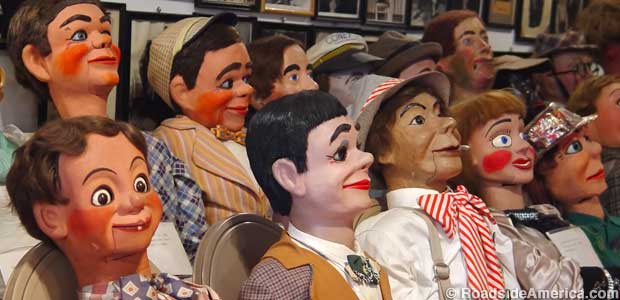The art and humor of ventriloquism
We are all to some degree fascinated by the unknown. Whether it be through illusion, magic, or any other form of ’mystical experience’, we find it entertaining, sometimes enlightening, and always a good deal of fun.
Ventriloquism is one such entertainment. Watching a wooden manikin take on a human personality and speak to us has been a delight for centuries. As a small child I spent my time trying to see the ventriloquist’s lips move. Once in a great while I did, but that still did not alleviate the joy I had in seeing the ”dummy” talk.
Ventriloquism as an art form has fascinated us forever, and today ventriloquists come in all sizes shapes and “dummies”. Most of us grew up watching Paul Winchell and Jerry Mahoney, some of us even go back to Edgar Bergen and Charlie McCarthy, many of us now laugh at the jokes of Jeff Dunham and Nina Conti.
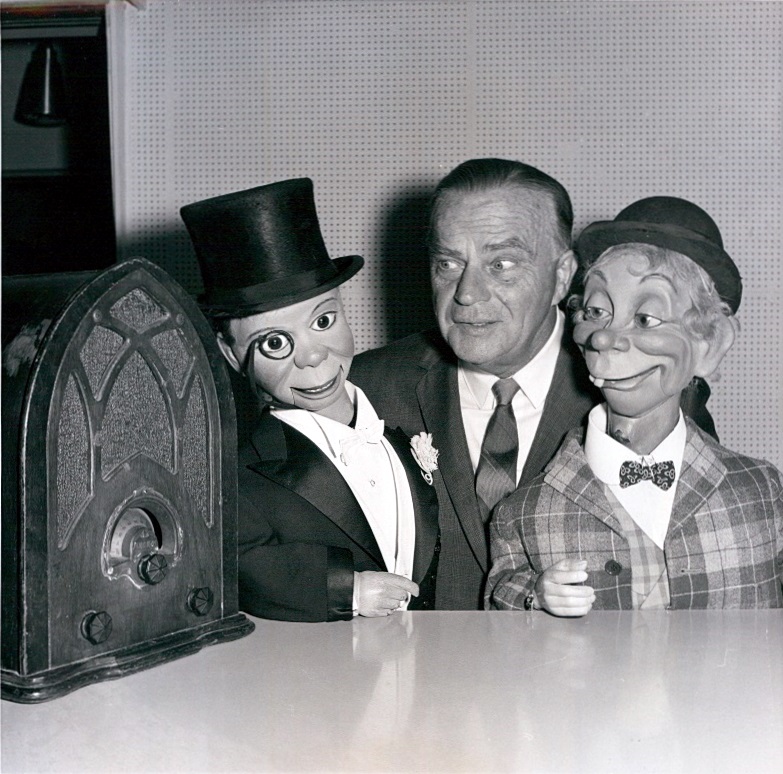
According to Wikipedia, “Ventriloquism, or ventriloquy, is an act of stagecraft in which a person (a ventriloquist) creates the illusion that her/his voice is coming from elsewhere, usually puppeteered prop, known as a “dummy”. The act of ventriloquism is ventriloquizing, and the ability to do so is called the ability to throw one’s voice.”
Originally, ventriloquism was a religious practice. The word comes from the Latin for ‘to speak from the stomach’. The noises produced by the stomach were thought to be the voices of the un-living, who took up residence in the stomach of the ventriloquist. The ventriloquist would then interpret these sounds. The mysterious sounds were thought to be communication with the dead, as well as foretelling the future. One of the earliest recorded group of prophets to use this technique were the Pythia, the priestess’ at the temple of Apollo in Delphi, who acted as the conduit for the Delphic Oracle.

Most countries, including those you might not think about, also have a tradition of ventriloquism for ritual or religious purposes; historically there have been adepts of this practice among the Zulu, Inuit, and Māori peoples.
It was not until the 18th Center that ventriloquism took on the role of entertainment. Throughout England and Europe ventriloquists were all the rage.
An early depiction of a ventriloquist dates to 1754 in England, where Sir John Parnell is depicted in the painting ‘An Election Entertainment’ by William Hogarth. In the painting, Parnell is speaking through his hand. In 1757 the Austrian Baron de Mengen performed with a small doll.
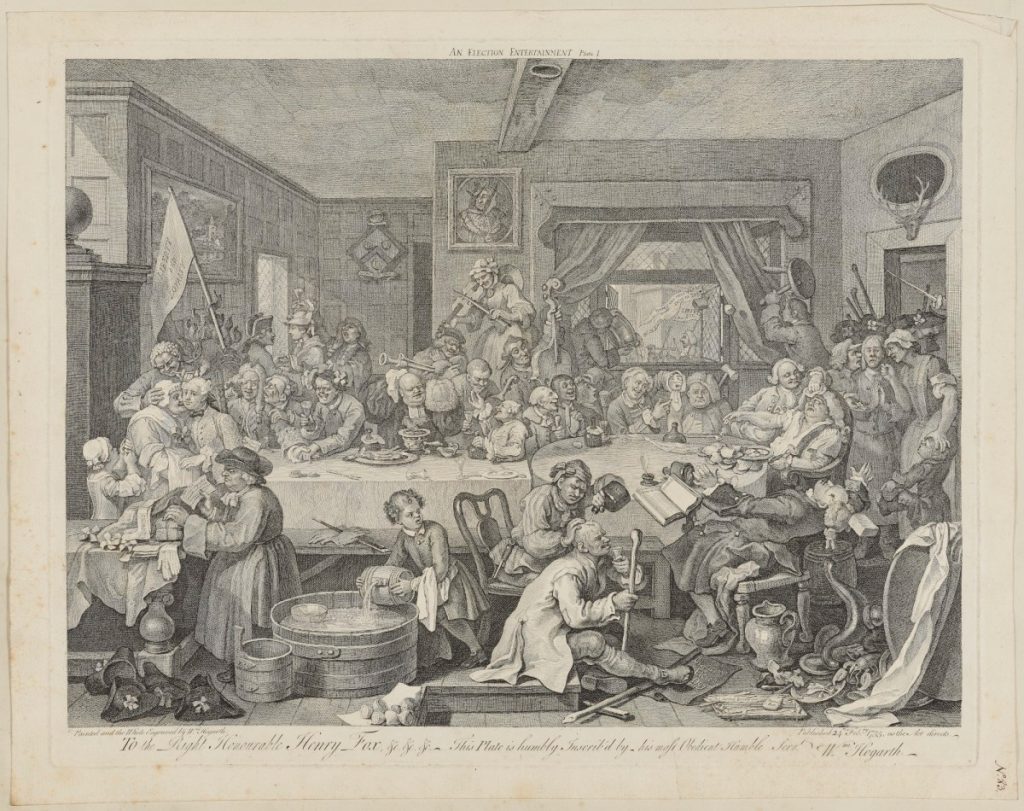
By the 19th and early 20th Century vaudeville had become the high point of the art form. In the mid 19th Century, there were over one hundred active ventriloquists working the circuit. The average act was a man, with a suitcase which contained a ‘dummy’. On stage was a stool often with a glass of water for the performer to sip while the ‘dummy’ spoke. Proving once again that the mysteries were still at work.
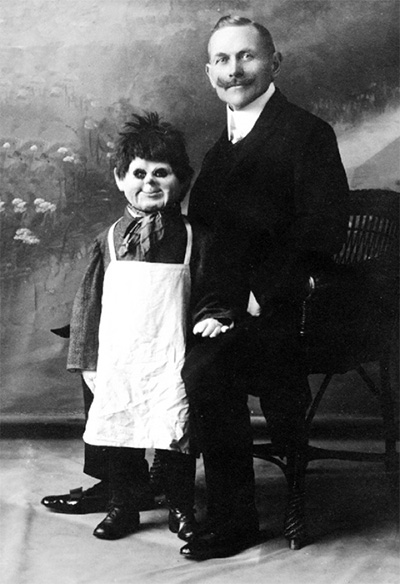
The 20th century transferred many of the vaudeville routines to television, and the great variety show of the mid century was certainly The Ed Sullivan Show. Replete with acts of every size shape and culture, Sullivan was the great ring master, presenting many now famous acts for the first time. (Think The Beatles!).
One of the Sullivan regulars was Senor Wences. Wences used some puppets, but it was an act using only his lipstick smeared hand that made him the toast of every water cooler and junior high school in America.
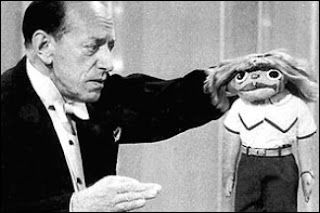
Today Jeff Dunham has taken over the mantle as the king of the ventriloquists, using an entire community of ‘dummies’.
For my money the funniest and most clever of all is Nina Conti. Ms. Conti uses members of her audience as her dummies. Give her a look, and see if she doesn’t bring back memories and still give you a good laugh…

